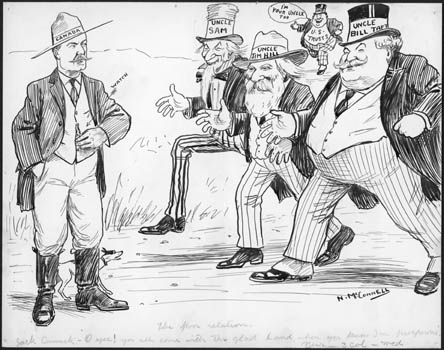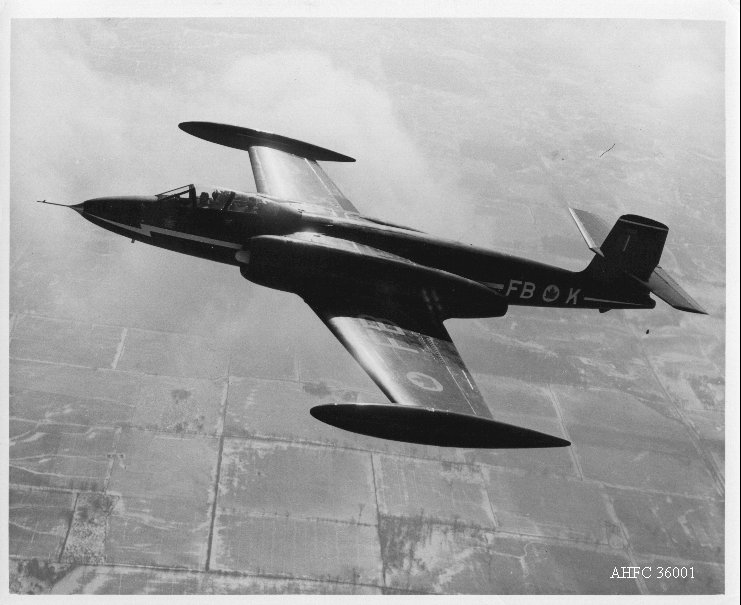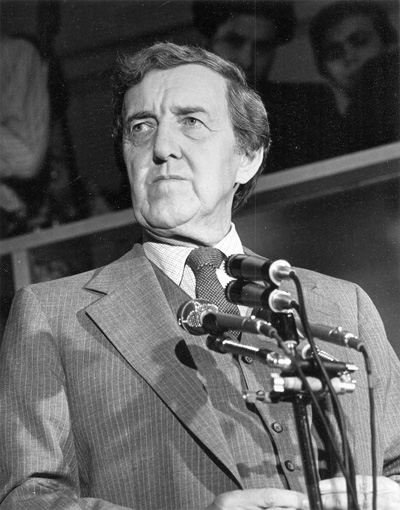|
Canuck
''Canuck'' is a slang term for a Canadian. The origins of the word are uncertain. The term ''Kanuck'' is first recorded in 1835 as an Americanism, originally referring to Dutch Canadians (which included German Canadians) or French Canadians. By the 1850s, the spelling with a "C" became predominant. Today, many Canadians and others use ''Canuck'' as a mostly affectionate term for any Canadian. Origin Although its etymology is unclear, possible origins include: * ''kanata'', "village" (see name of Canada) * ''Can''ada + -''uc'' ( Algonquian noun suffix) * ''Kanaka'', derived from the Hawaiian '' Kanaka''. Usage and examples Canadians use ''Canuck'' as an affectionate or merely descriptive term for their nationality. If familiar with the term, most citizens of other nations, including the United States, also use it affectionately, though there are individuals who may use it as derogatory term. Usage of the term includes the following. History * ''Canuck'' also has the derived me ... [...More Info...] [...Related Items...] OR: [Wikipedia] [Google] [Baidu] |
Johnny Canuck
Johnny Canuck is a Canadian cartoon hero and superhero who was created as a political cartoon in 1869 and was later re-invented as a Second World War action hero in 1942. The Vancouver Canucks, a professional ice hockey team in the National Hockey League (NHL), currently use a hockey playing "Johnny Canuck" logo as one of their team logos. In addition, the Vancouver Canucks' American Hockey League affiliate, the Abbotsford Canucks, use it as their main logo. Political cartoon Johnny Canuck is a fictional lumberjack and a national personification of Canada. He first appeared in early political cartoons dating to 1869 where he was portrayed as a younger cousin of the United States' Uncle Sam and Britain's John Bull. Dressed as a habitant, farmer, logger, rancher or soldier, he was characterized as wholesome and simple-minded and was often depicted resisting the bullying of John Bull or Uncle Sam. He appeared regularly in editorial cartoons for 30 years before declining in ... [...More Info...] [...Related Items...] OR: [Wikipedia] [Google] [Baidu] |
Captain Canuck
Captain Canuck is a Canadian comic book superhero. Created by cartoonist Ron Leishman and artist/writer Richard Comely, the original Captain Canuck first appeared in ''Captain Canuck'' #1 (July 1975). The series was the first successful Canadian comic book since the collapse of the nation's comic book industry following World War II. Three characters have worn the maple leaf costume of Captain Canuck. The first Captain Canuck patrolled Canada in the then-future year of 1993, where "Canada had become the most powerful country in the world". He was the costumed agent of the "Canadian International Security Organization" (CISO). In 1995, Captain Canuck was honored with a Canadian postage stamp, along with Superman, Johnny Canuck, Fleur de Lys and Nelvana of the Northern Lights. Like most independent comics, Captain Canuck's adventures have been published sporadically. Publication history First published in 1975, Captain Canuck's original adventures were published on and off unt ... [...More Info...] [...Related Items...] OR: [Wikipedia] [Google] [Baidu] |
Avro CF-100
The Avro Canada CF-100 Canuck (affectionately known as the "Clunk") is a Canadian twinjet interceptor/ fighter designed and produced by aircraft manufacturer Avro Canada. It has the distinction of being the only Canadian-designed fighter to enter mass production. Work commenced during October 1946 in response to a Royal Canadian Air Force (RCAF) specification calling for a new jet-powered interceptor/fighter aircraft suitable for long-distance patrol missions and all-weather operations. On 19 January 1950, the ''CF-100 Mark 1'' prototype, ''18101'', conducted its maiden flight, powered by a pair of Rolls-Royce Avon RA 3 turbojet engines. Both pre-production and production series aircraft were powered by the domestically-developed Avro Orenda engine instead. Flight testing proved the CF-100 to possess a relatively short takeoff run and a high climb rate, making it well suited to its role as an interceptor. On 18 December 1952, Squadron Leader Janusz Żurakowski, the Avro com ... [...More Info...] [...Related Items...] OR: [Wikipedia] [Google] [Baidu] |
Richard Comely
Richard Comely (born October 9, 1950) is a Canadians, Canadian comic book Creativity, creator, penciller, inker, letterer, colorist editor, and publisher. He created and wrote the ''Captain Canuck'' comic book series which has been in and out of publication since its original release in 1975. In 2011, Minds Eye Entertainment bought the rights Captain Canuck to produce a live-action film adaptation. In 2012, Comely entered into an exclusive licensing agreement with CEO of Chapterhouse Comics Fami Hakim to produce animation, merchandise, and a new comic book series under Captain Canuck Incorporated. Life and career Richard Comely was born in Oxford, England in 1950 and relocated to Canada as a child in 1953. Comely was baptized into the Church of Jesus Christ of Latter-day Saints (LDS Church) in 1971. Married since 1975 to Evelyn, Comely is the father of eight children. Comely had worked as a sign painter; crest designer; fashion and embroidery designer; an illustrator/paste-up art ... [...More Info...] [...Related Items...] OR: [Wikipedia] [Google] [Baidu] |
Fleet 80 Canuck
The Fleet Model 80 Canuck is a Canadian light aircraft featuring two seats in side-by-side configuration. The Canuck was designed for the flight training, personal use and light commercial roles. A total of 225 Canucks were built by two manufacturers during its thirteen-year production run, with the majority being built by Fleet Aircraft between 1945 and 1947. Design and development The Canuck originated with the Noury N-75, designed by Bob Noury which first flew in 1944 at Mount Hope, Ontario. The "home-built" N-75 was a conventional high-wing monoplane design with a welded-steel fuselage and tail surfaces with fabric covering, looking not unlike a Piper Cub. However, the side-by-side seating in the original design was unusual for aircraft of its time even though it was a far better arrangement for instruction. Noury also experimented with a tandem-seat arrangement on a following prototype but had only built three aircraft when he sold the Noury N-75 rights to the Fleet Aircraf ... [...More Info...] [...Related Items...] OR: [Wikipedia] [Google] [Baidu] |
Curtiss JN-4
The Curtiss JN "Jenny" was a series of biplanes built by the Curtiss Aeroplane Company of Hammondsport, New York, later the Curtiss Aeroplane and Motor Company. Although the Curtiss JN series was originally produced as a training aircraft for the US Army, the "Jenny" (the common nickname derived from "JN") continued after World War I as a civil aircraft, as it became the "backbone of American postwar ivilaviation". Thousands of surplus Jennys were sold at bargain prices to private owners in the years after the war and became central to the barnstorming era that helped awaken the US to civil aviation through much of the 1920s. Design and development Curtiss combined the best features of the model J and model N trainers, built for the US Army and US Navy, and began producing the JN or "Jenny" series of aircraft in 1915. Curtiss built only a limited number of the JN-1 and JN-2 biplanes. The design was commissioned by Glenn Curtiss from Englishman Benjamin Douglas Thomas, formerl ... [...More Info...] [...Related Items...] OR: [Wikipedia] [Google] [Baidu] |
Edmund Muskie
Edmund Sixtus Muskie (March 28, 1914March 26, 1996) was an American statesman and political leader who served as the 58th United States Secretary of State under President Jimmy Carter, a United States Senator from Maine from 1959 to 1980, the 64th Governor of Maine from 1955 to 1959, and a member of the Maine House of Representatives from 1946 to 1951. He was the Democratic Party's candidate for Vice President of the United States in the 1968 presidential election. Born in Rumford, Maine, he worked as a lawyer for two years before serving in the United States Naval Reserve from 1942 to 1945 during World War II. Upon his return, Muskie served in the Maine State Legislature from 1946 to 1951, and unsuccessfully ran for mayor of Waterville. Muskie was elected the 64th Governor of Maine in 1954 under a reform platform as the first Maine Democratic Party governor in almost 100 years. Muskie pressed for economic expansionism and instated environmental provisions. Muskie's actions ... [...More Info...] [...Related Items...] OR: [Wikipedia] [Google] [Baidu] |
Canuck Letter
The Canuck letter was a forged letter to the editor of the ''New Hampshire Union Leader, Manchester Union Leader'', published February 24, 1972, two weeks before the New Hampshire primary of the 1972 United States presidential election. It implied that United States Senate, Senator Edmund Muskie, a candidate for the Democratic Party (United States), Democratic Party's presidential nomination, held prejudice against French Canadian#United States, Americans of French-Canadian descent. The letter was a successful attempt at sabotage masterminded by Donald Segretti and written by Ken W. Clawson. In a childish scrawl with poor spelling, the author of the Canuck letter claimed to have met Muskie and his staff in Florida, and to have asked Muskie how he could understand the problems of African Americans when his home state of Maine has such a small black population, to which a member of Muskie's staff was said to have responded, "Not blacks, but we have Canucks" (which the letter spell ... [...More Info...] [...Related Items...] OR: [Wikipedia] [Google] [Baidu] |
Leo Bachle
Leo Henry Bachle (November 23, 1923 – May 2003), a.k.a. Les Barker, was a Canadian comic book artist in the era of the Canadian Whites, and later became a comedian. Biography Born in Toronto in November 1923, Bachle attended Danforth Collegiate and Technical Institute. In late 1941, fifteen-year-old Bachle was hired by John Ezrin, the manager of Bell Features in Toronto, Ontario, Canada, to come up with something exciting for the company's growing comic book line. He created the character Johnny Canuck, which debuted in the first issue of ''Dime Comics'' in February 1942. In the first Canuck story he confronts Adolf Hitler which helped to propel ''Dime Comics'' to becoming the best-selling comic in the Bell line. Leo became one of Bell's key artists, drawing characters such as Wild Bill, The Invisible Commando, Chip Piper, Southpaw, Super Sub, and The Brain. Bachle's success led to the company to hire a number of new, young artists, including Ross Saakel and Jerry Lazare. ... [...More Info...] [...Related Items...] OR: [Wikipedia] [Google] [Baidu] |
Operation Canuck
Operation Canuck was an operation of World War II conducted by the Canadian Captain Buck McDonald and a small team of Special Air Service troopers in January 1945. Operating in Northern Italy, the team trained and organized Italian resistance fighters. In what has been characterized as a remarkable event, the team's partisans captured the garrison of Alba, near Turin Turin ( , Piedmontese: ; it, Torino ) is a city and an important business and cultural centre in Northern Italy. It is the capital city of Piedmont and of the Metropolitan City of Turin, and was the first Italian capital from 1861 to 1865. The .... Conflicts in 1945 Special Air Service 1945 in Italy {{WWII-stub ... [...More Info...] [...Related Items...] OR: [Wikipedia] [Google] [Baidu] |
Kanaka (Pacific Island Worker)
Kanakas were workers (a mix of voluntary and involuntary) from various Pacific Islands employed in British colonies, such as British Columbia (Canada), Fiji, Solomon Islands, Vanuatu, Papua New Guinea and Queensland (Australia) in the 19th and early 20th centuries. They also worked in California (USA) and Chile (see Easter Island and Rapanui people as related subjects). "Kanaka" originally referred only to native Hawaiians, from their own name for themselves, ''kānaka ʻōiwi'' or ''kānaka maoli'', in the Hawaiian language. In the Americas in particular, native Hawaiians were the majority; but Kanakas in Australia were almost entirely Melanesian. In Australian English "kanaka" is now avoided outside of its historical context, as it has been used as an offensive term. Australia According to the ''Macquarie Dictionary'', the word "kanaka", which was once widely used in Australia, is now regarded in Australian English as an offensive term for a Pacific Islander.''Macquarie ... [...More Info...] [...Related Items...] OR: [Wikipedia] [Google] [Baidu] |
Dutch Canadians
Dutch Canadians are Canadians with full or partial Dutch ancestry. According to the Canada 2006 Census, there were 1,035,965 Canadians of Dutch descent, including those of full or partial ancestry. This increased to 1,111,655 in 2016. History The first Dutch people to come to Canada were Dutch Americans among the United Empire Loyalists. The largest wave was in the late nineteenth and early twentieth century when large numbers of Dutch helped settle the Canadian west. During this period significant numbers also settled in major cities like Toronto. While interrupted by the First World War this migration returned in the 1920s, but again halted during the Great Depression and Second World War. After World War II a large number of Dutch immigrants moved to Canada, including a number of war brides of the Canadian soldiers who liberated the Netherlands. There were officially 1,886 Dutch war brides to Canada, ranking second after British war brides. During the war Canada had shelt ... [...More Info...] [...Related Items...] OR: [Wikipedia] [Google] [Baidu] |





